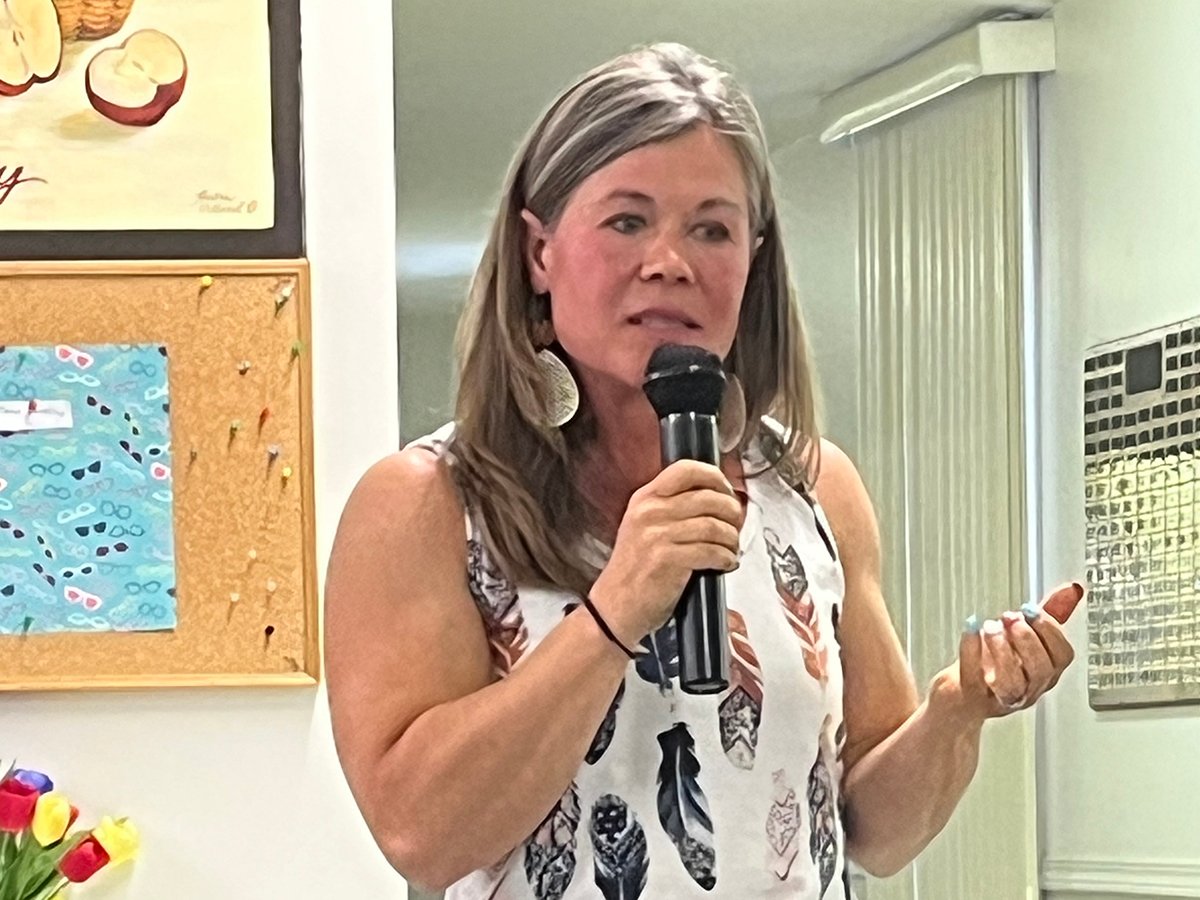LETHBRIDGE, Alta. — Farmers should guard against the potential that herbicides applied to crops last year may adversely affect those seeded this year.
Alberta Agriculture crop specialist Gayle Luca said last year’s drought in southern Alberta may have limited herbicide activity resulting in unexpected carryover this spring.
Carryover depends on organic matter content in the soil, soil acidity and the rate or type of herbicide applied.
“Many herbicides are decomposed by soil micro-organisms, which require adequate moisture and temperature conditions to perform their normal functions,” said Luca. “Environmental conditions such as drought will inhibit normal microbial activity reducing herbicide breakdown. Dry soil moisture conditions can result in increased herbicide adsorption to soil particles, reducing herbicide degradation. These factors can contribute to herbicide carryover and impact sensitive crops in 2001.”
Read Also

Petition launched over grazing lease controversy
Battle continues between the need for generation of tax revenue from irrigation and the preservation of native grasslands in southern Alberta rural municipality.
Producers should check the labels of herbicides used last year against the crops they expect to seed this year, said Luca.
Of the herbicides used in southern Alberta, Edge, Treflan, Odyssey and Pursuit are at higher risk for carryover, she said.
Edge will have the most carryover after drought in areas of low organic matter. Very sensitive crops such as oats and small-seeded grasses should not be grown in the year following an Edge treatment. For fields with potential carryover, barley is the most tolerant, followed by spring wheat or durum.
There are other management practices that may help minimize residue problems. Seeding shallowly into a warm, moist seedbed will promote rapid crop germination and emergence and may help reduce potential for injury. Increasing seeding rate by five to 10 percent can also alleviate problems of reduced plant stand and yield due to herbicide carryover.
In fields with potential for carryover, producers may want to consider chemfallowing for this season or chemfallow followed by a fall-seeded crop such as winter wheat or winter triticale.














